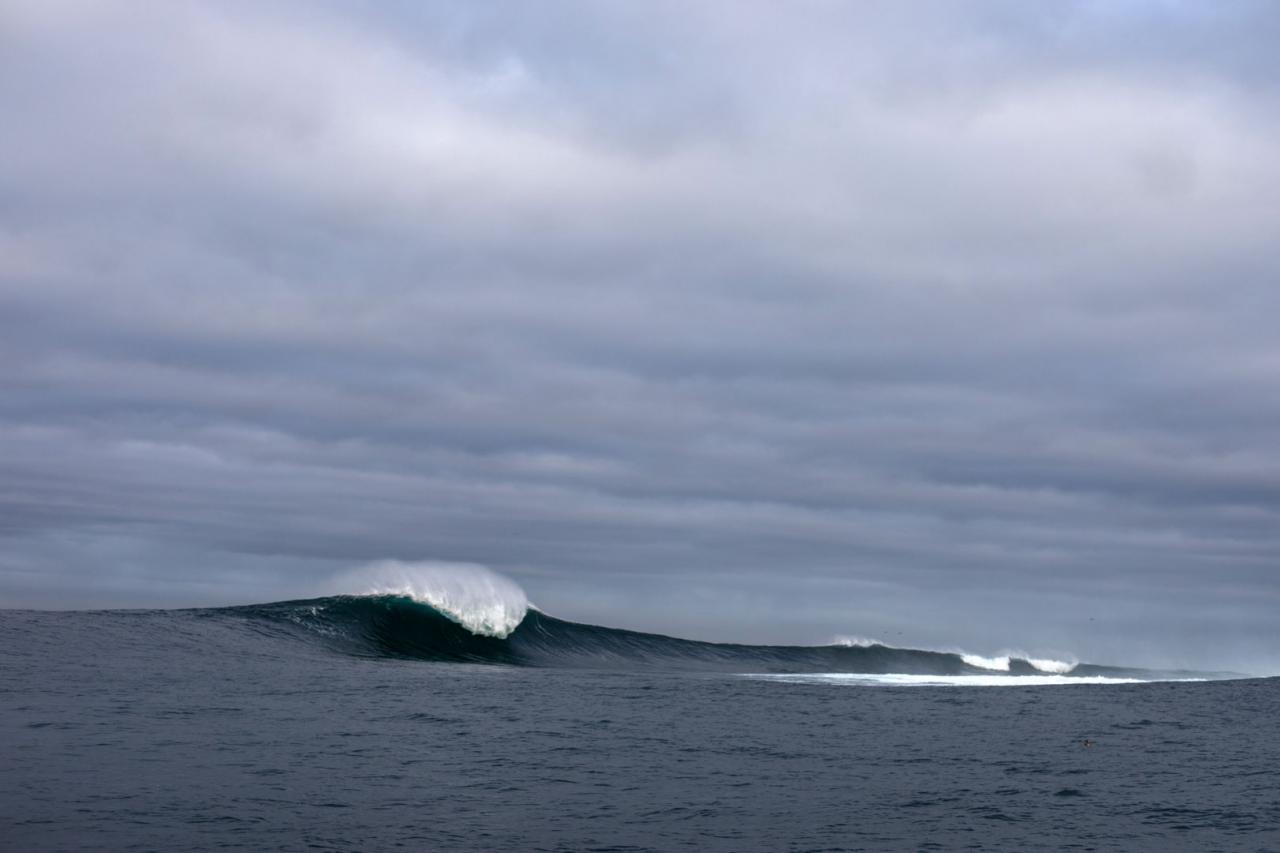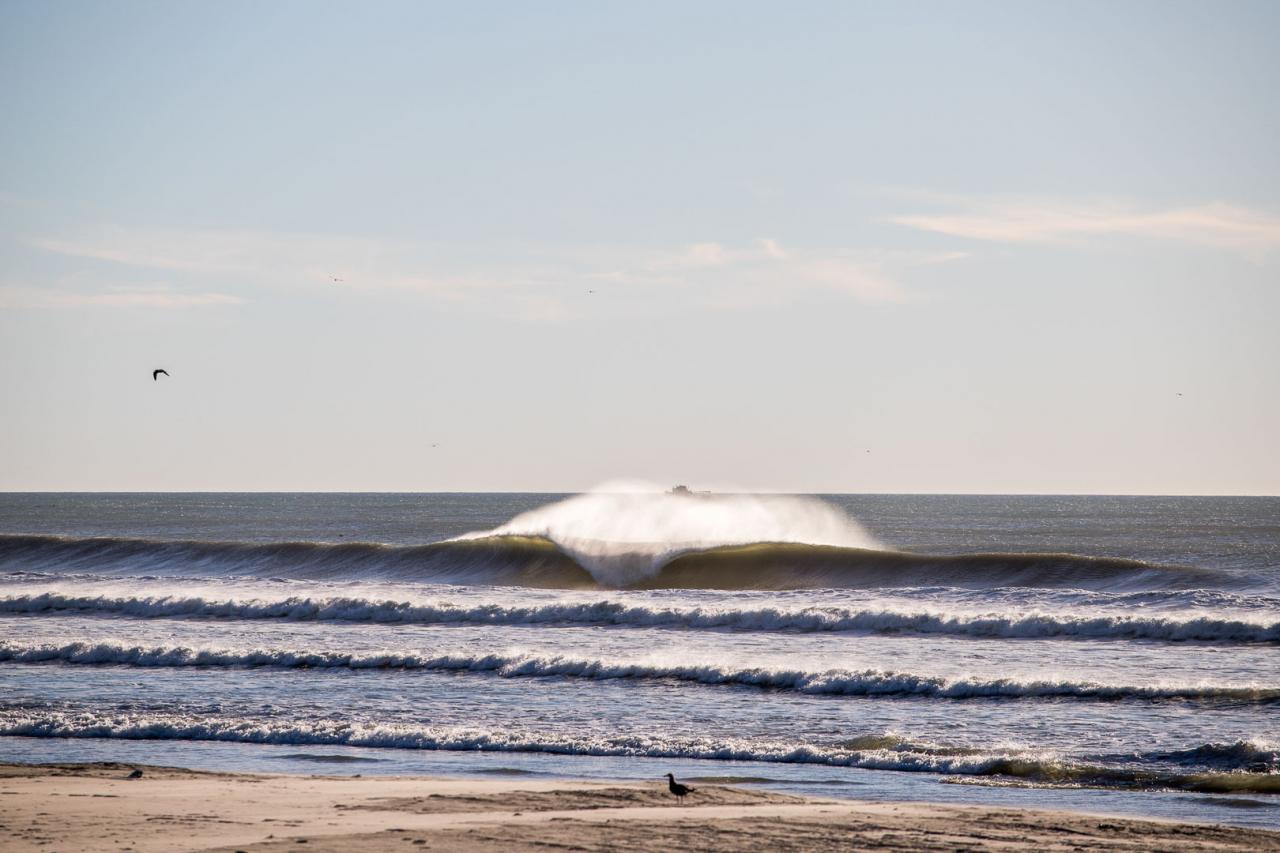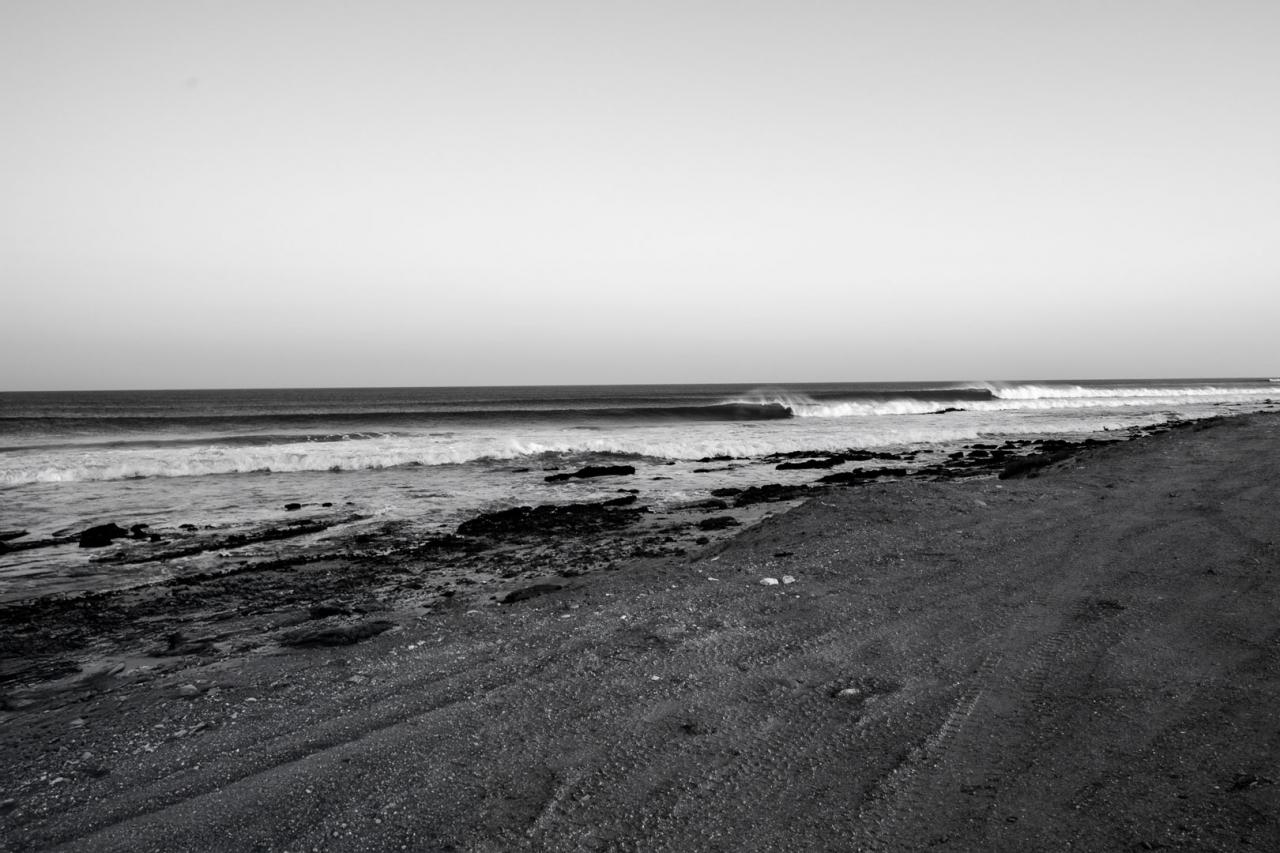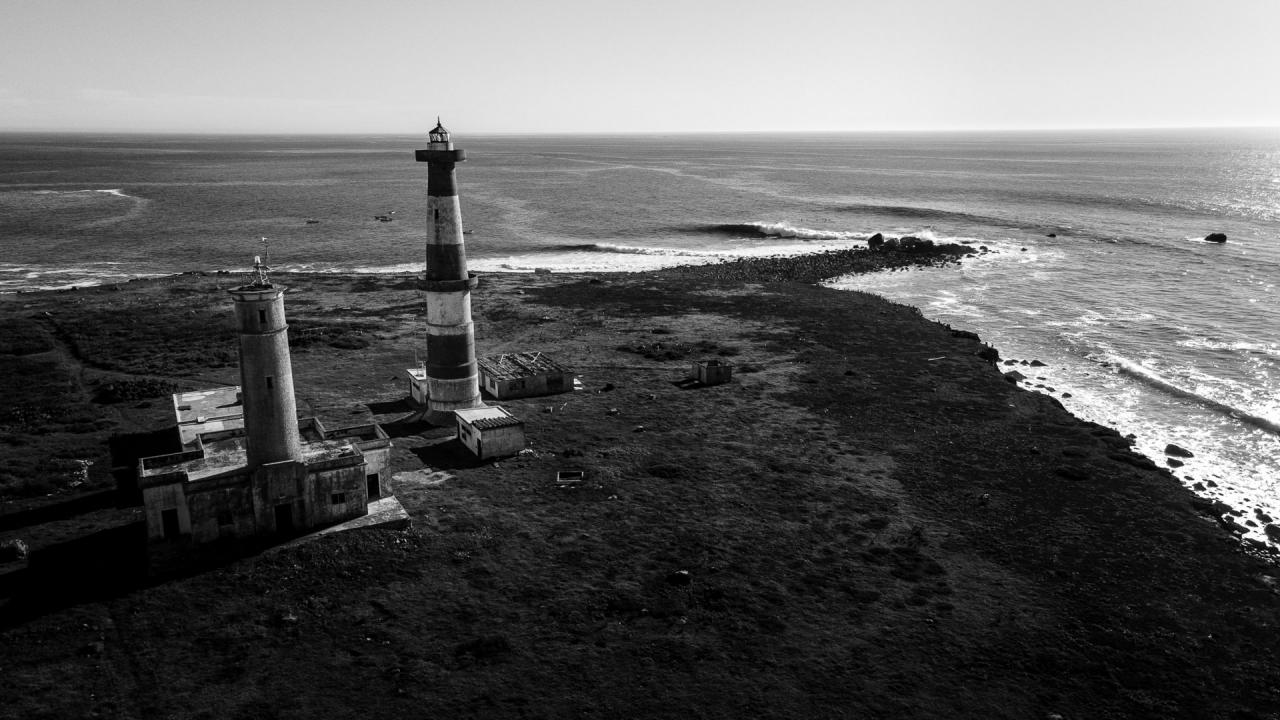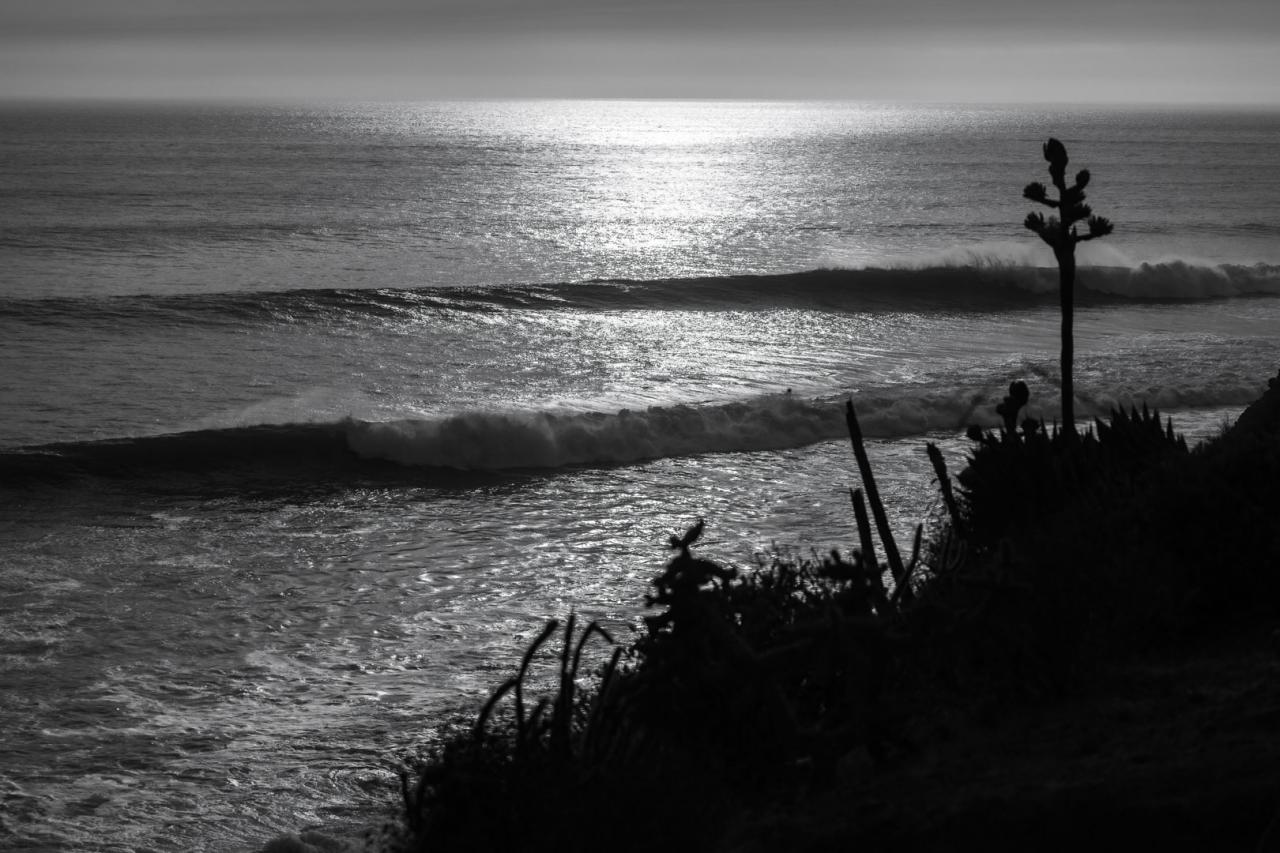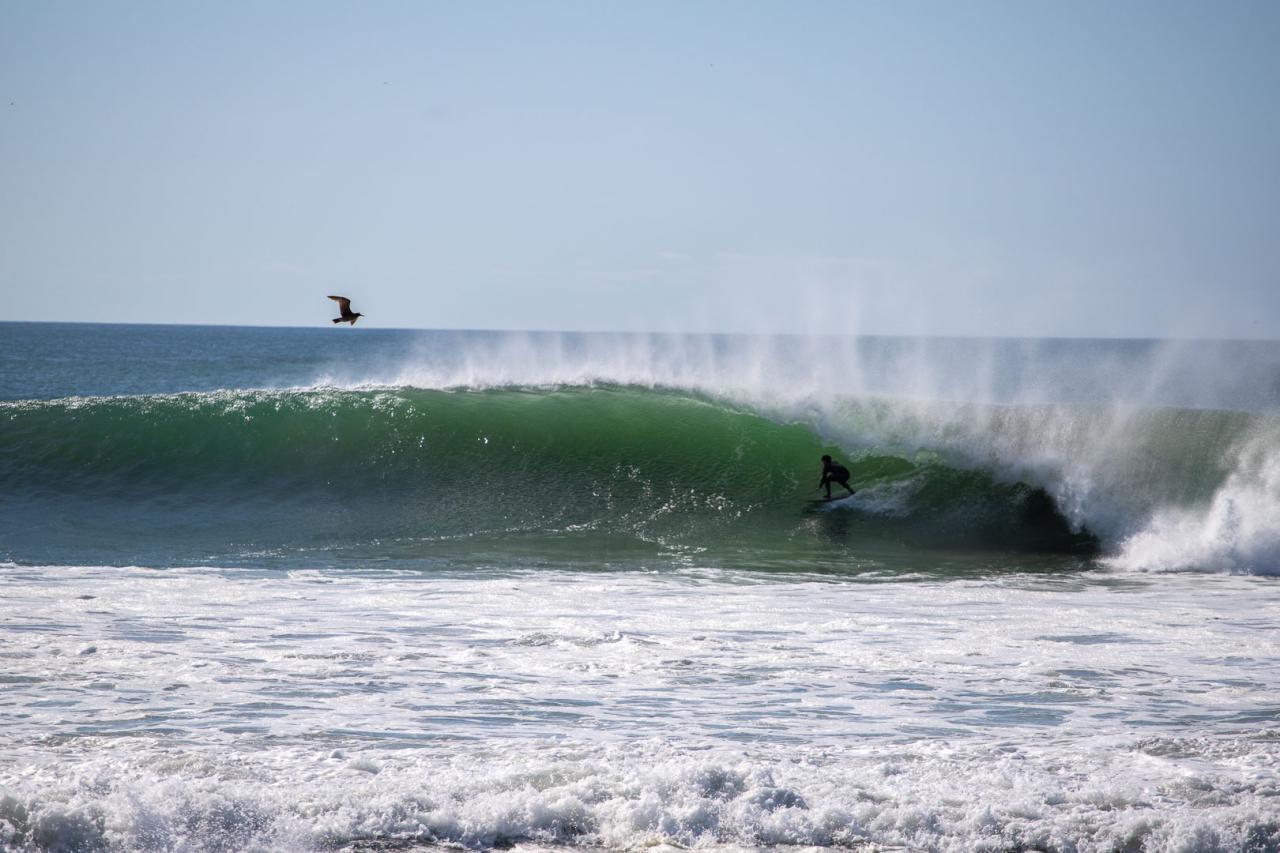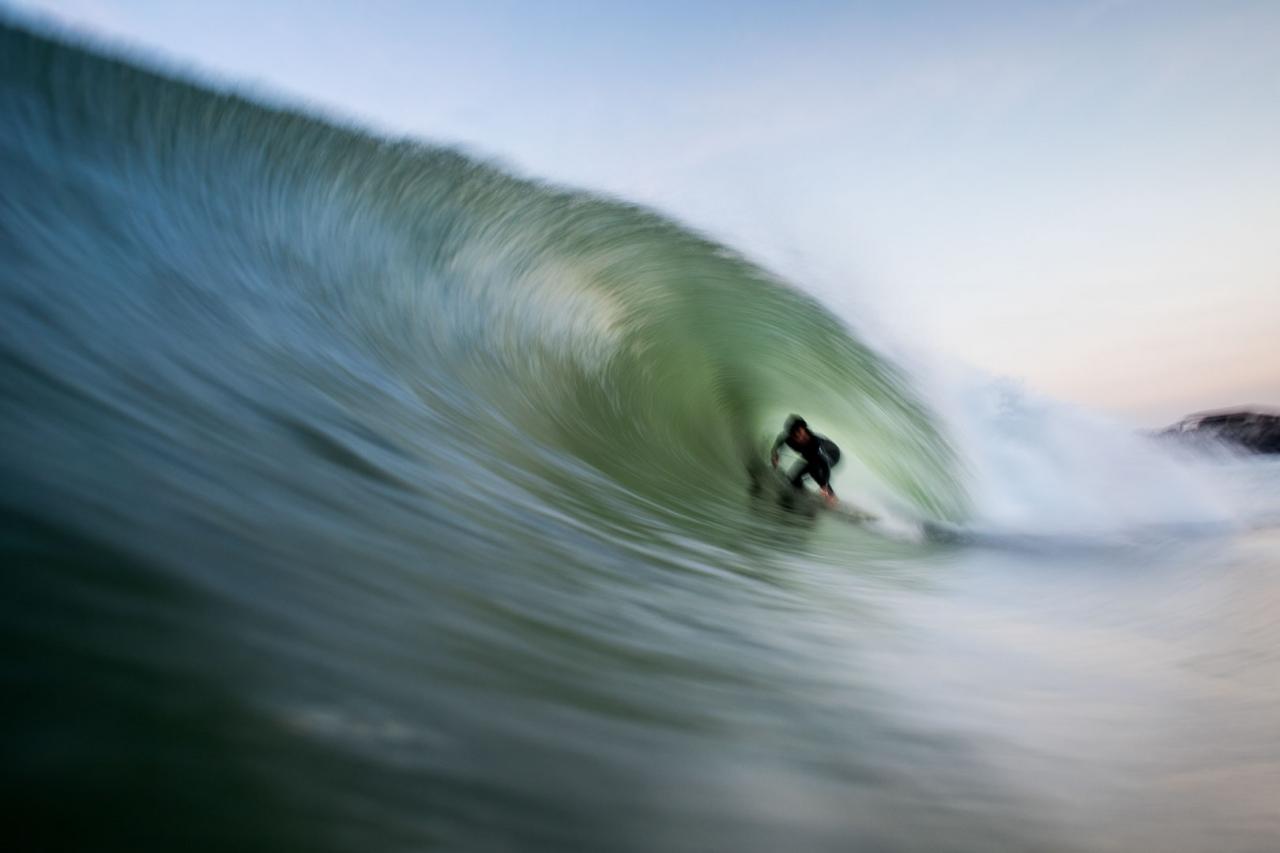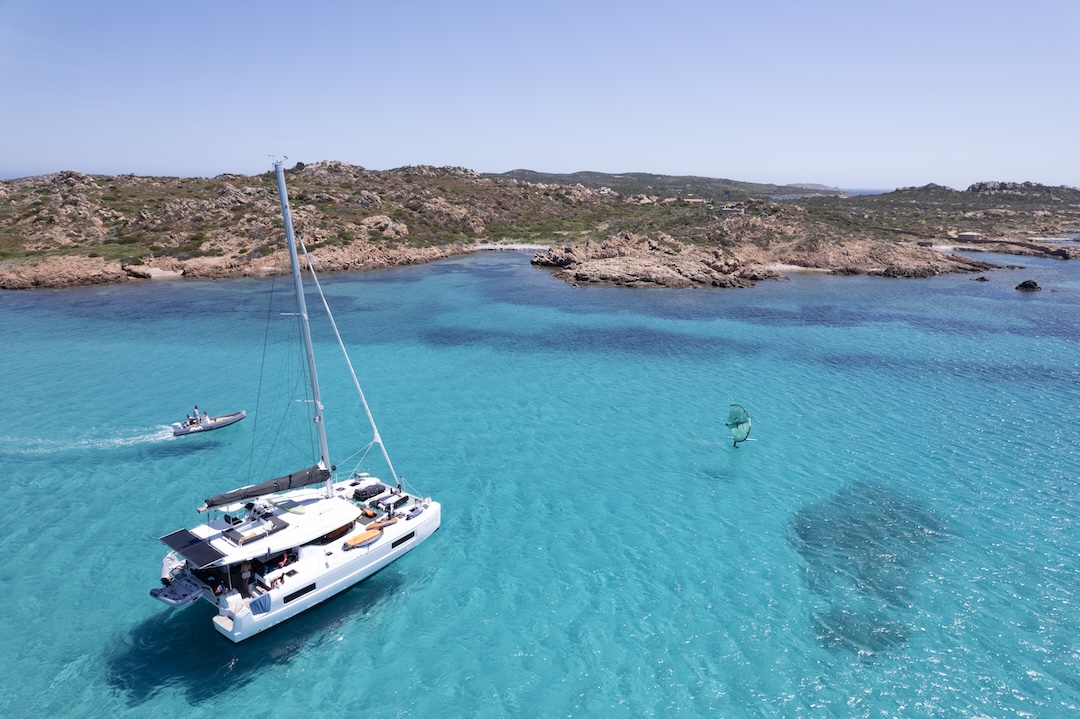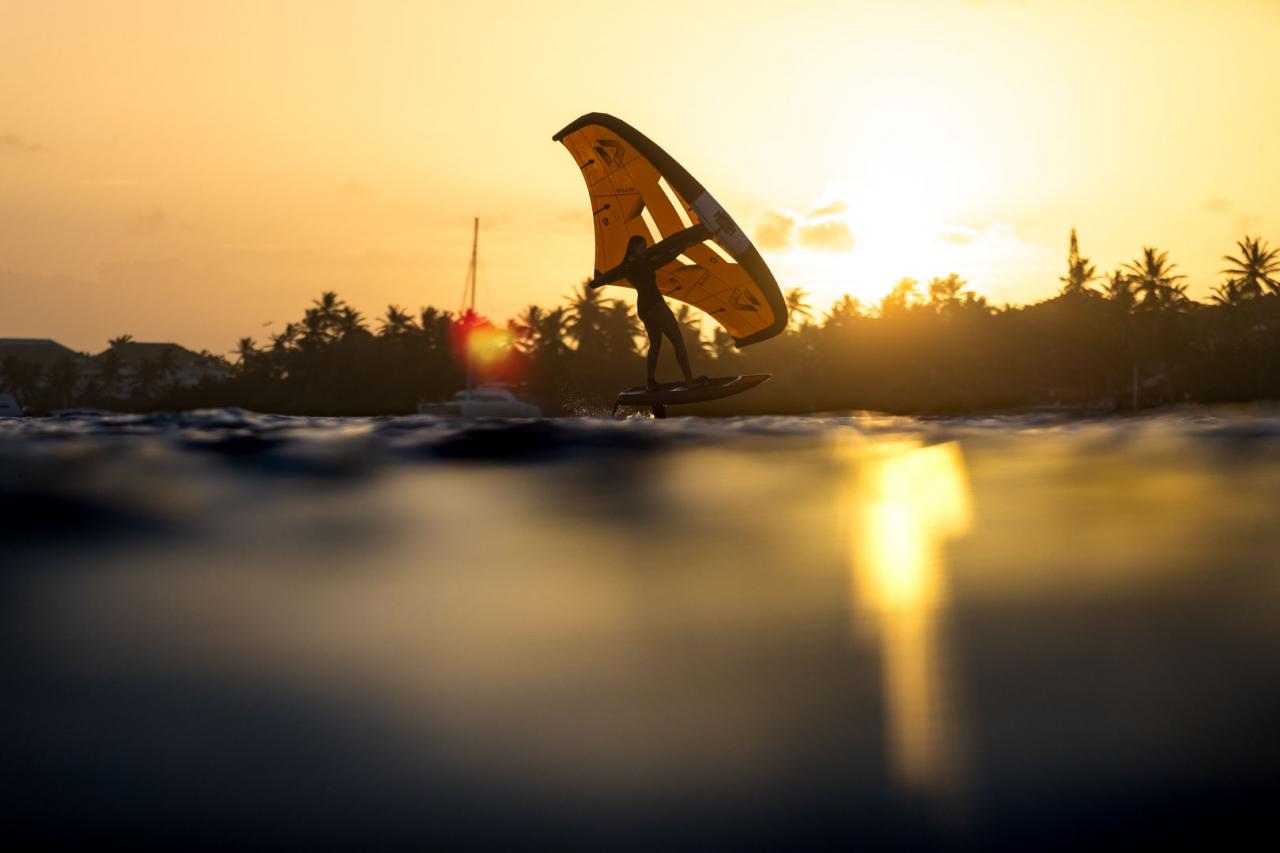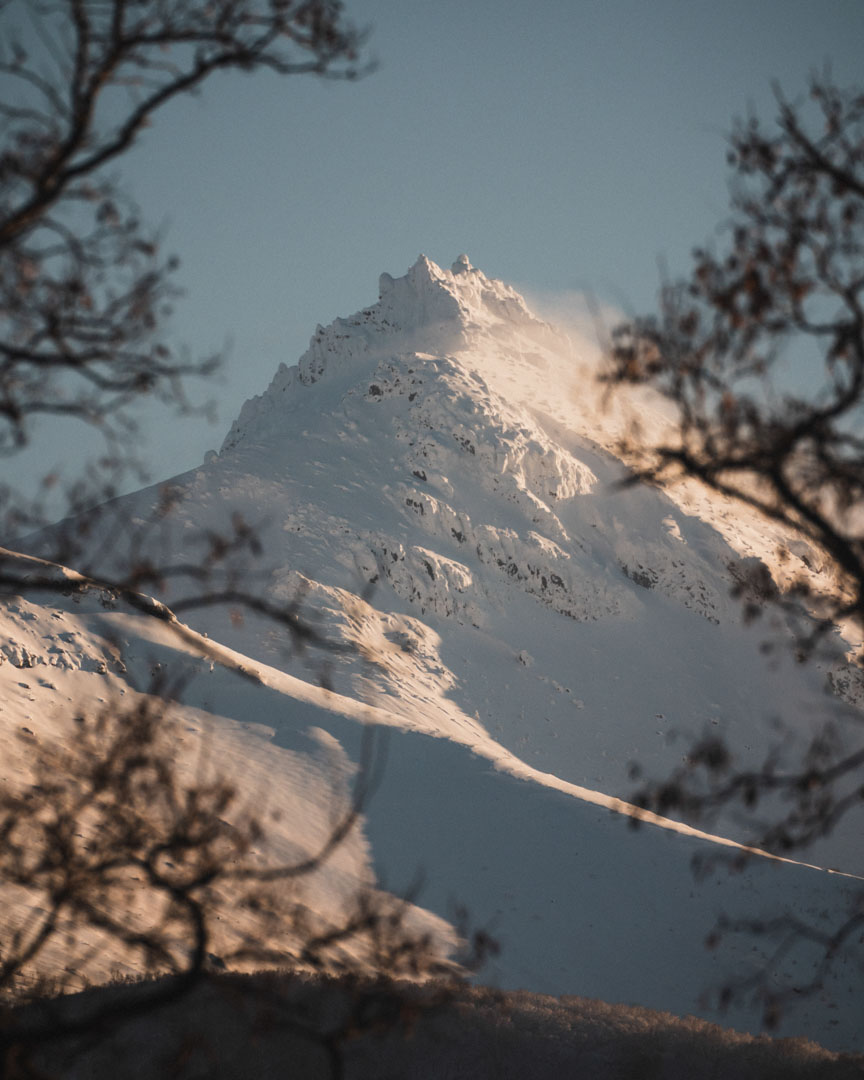Baja California, officially known as the free and sovereign state of Baja California, is a state of Mexico.
It took nearly forty years after Duke Kahanamoku and George Freeth introduced surfing to the United States for Americans to explore the southern-most coast leading toward the neighboring country. Through observation and imitation, Mexicans embraced surfing as their own in the early 1960s, gradually spreading it southward to increasingly remote areas. This period saw the emergence of the cradles of Mexican surfing: Baja California, Sinaloa, and Nayarit in the early 1960s, followed by the younger destinations of Guerrero and Oaxaca in the 1970s.
Nestled next to the United States, where the Mexican homeland begins, lies the island-like peninsula of Baja California, blessed by nearly three thousand kilometers of coastline and sixty-five islands. Baja receives swell from the North, driven by winter storms, and from the South, influenced by tropical depressions during summer. This region offers a diverse range of waves, from two-footers perfect for beginners to towering seventy-foot giants for experienced surfers. With its beach breaks, point breaks, slabs, and outer reefs, Baja California is a surfing paradise.
Widely recognized as one of the continent's quintessential destinations for surf exploration and adventure, Baja California captivates travelers with pristine landscapes, boasting untouched, world-class surf spots. It is a haven for those who enjoy studying maps and models of wave and wind predictions, providing endless opportunities to seek out the perfect wave.
The images on these pages are visuals from this remote peninsula, its land and seascape. A little over sixty years ago surfing arrived in Mexico—via California. These photographs represent a few memories that stand the test of time, and are intended to contribute to a collective cultural memory of Mexican wave riding.

